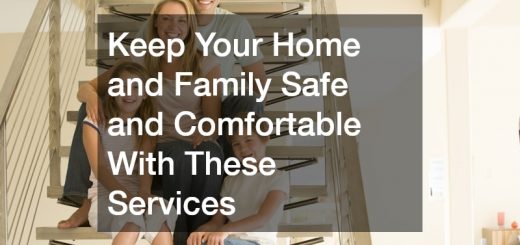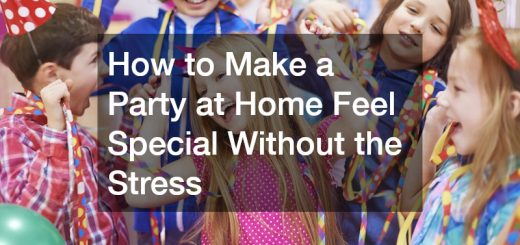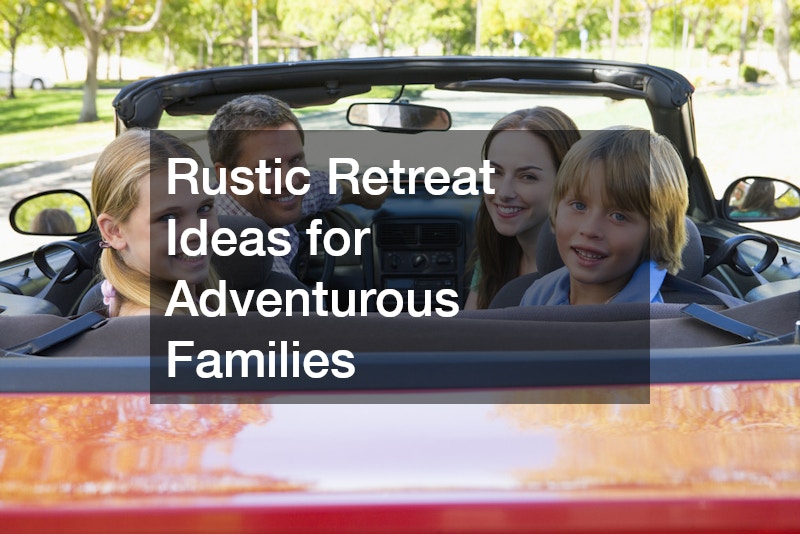3 Myths and 3 Facts About Assisted Living Apartments

Everyone has their fears about growing old. A study by Genworth Financial found that 55% of people said their greatest fear about getting needing something like Alzheimer’s care was becoming a burden to their families. In fact, being a burden weighed more heavily on their minds than even the prospect of dying. For many, the possibilities presented by assisted living apartments are the best answer to these fears.
Assisted Living Fears
Many people have very real fears about leaving their own home or their children’s home and entering any type of assisted living apartments. These fears can be doubly concerning for someone facing Alzheimer’s or one of the other types of dementia. Knowing the truth about them, though, can make all the difference.
- Assisted living myth #1: I’ll lose all my privacy and independence. What will actually happen is you get your own space in assisted living apartments or other assisted living facilities. Most communities are anxious for you to have all the privacy you possibly can, and want you to have your own space furnished with your own furniture and personal belongings, with doors and locks under your control.
- Assisted living myth #2: I can’t continue my favorite activities and hobbies if I go to assisted living apartments. Again, most facilities actively encourage as much activity as you’re willing to take part in. This includes community activities like fitness classes and book clubs, as well as opportunities for those who prefer a private walk or a few hours of solitary gardening.
- Assisted living myth #3: I’ll be alone if there’s trouble and my family isn’t there. Assisted living apartments have competent staff you can contact 24-hours a day. They also invest in security measure that make sure you’ll never be overlooked and that there’s always someone to respond immediately if you have a need.
Assisted Living Facts
Research has shown that senior living facilities are often a better choice for everyone–especially the senior! They are not places where the elderly are cast off for the convenience of younger relatives.
- Assisted Living Fact #1: Assisted living apartments provide opportunity for continued personal growth. The report done in 2009 by the ProMatura Group, LCC, found that those seniors who moved to independent retirement communities were more likely to do new things than those who don’t. They made new friends and tried new things, and in general reported that the whole experience was far better than they expected.
- Assisted Living Truth #2: Assisted living apartments provide safe and secure care. Typically, assisted living centers or memory care facilities have someone there 24-hours a day to ensure all residents are safe and cared for in the unique ways they need. Additionally, they provide three meals a day as well as snacks for those who don’t prefer to cook for themselves; personal care services; activities to improve quality of life; coordination for medications, transportation, and social services; laundry service; and housekeeping services. Four in every 10 assisted living residents are helped every day with some of the tasks of daily living; most commonly bathing and dressing.
- Assisted Living Truth #3: Many seniors are happier and healthier in assisted living apartments than anywhere else. This is because of the many amenities these facilities provide, including gyms, fitness classes, physical therapy, and personal trainers. There are also many social and intellectually-stimulating events to participate in if residents desire, such as trips, cultural events, dances, and various classes. Finally, these facilities are safer environments for people with serious medical needs because stress is lowered, chefs prepare highly nutritious meals, and medical and mobility care is readily available.
Senior assisted living centers are a wonderful choice for those who want to retain their independence and privacy, remain active socially, intellectually, and physically, and still get whatever assistance they might need to be safe and secure.






